I was doing a matchbook update - yes, I work that far in advance, so I don’t have to look at the site on Sunday night and say “crap, forgot that,” and then think “so? Not my job,” and then think “but it’s been there on Monday for years,” and then think “is this all life is? Scanning and cutting and touching up old matchbooks?” and then think “apparently” - when I came across Eveready Oil and Gas. With the Eveready logo. Same company as the battery company, long ago.
I’m trying to remember just when Eveready became the Cheap Batteries you buy because man, those Duracells are expensive. Somehow Duracell became the Good Battery. I have no idea if it’s true. Eveready would like you to think differently; some packages, I recall, said they lasted just as long as Duracell, which was an admission they’d lost the public. Eveready diluted its brand when it came out with the Energizer, but that bunny gave them higher visibility until Duracell won. The Coppertop! Still, Energizers were almost as good as Coppertops, you thought. Eveready, though: drains in a day.
There was no evidence for this; it’s just what I thought. I wanted to buy Eveready, though, because they have the best battery logo ever: the cat.
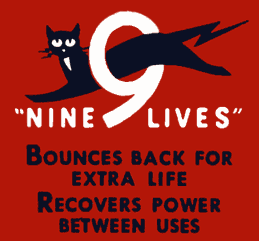
How is that possible?
Found this on wikipedia commons:
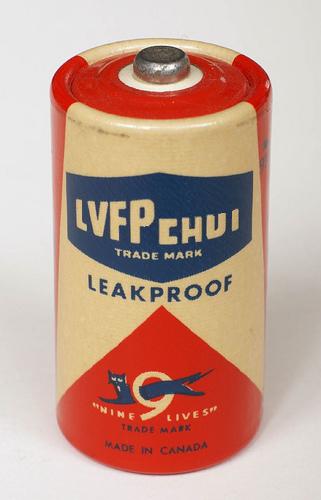
The caption says, tongue-in-cheek, "Large Voltage From Pussycats; Charge Handling Universal Interface"
The version used in India:

Who wouldn’t want to use that battery?
Today I went to Loring Park to do some research, something that just happened to coincide with another beautiful day. Loring is the first park, the childhood home of J.P. Getty - really - and restored to its original charm, as much as possible with the freeway roaring past nearby. The freeway swoops in from the west and disappears into a tunnel; above, Hennepin and Lyndale avenues collide in a zone once called “the Scissors,” for reasons you can imagine. Once there was an elegant hotel where the freeway runs. Everything was much, much quieter, the pace much slower, and one could contemplate in undisturbed peace the back of Ole Bull:
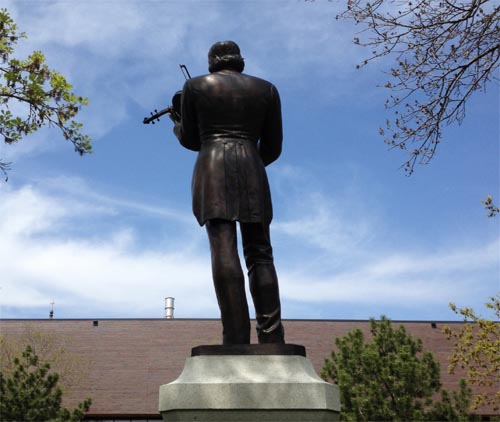
Ole always gives me a lift, and saddens as well; it’s been a long time since anyone put up a statue of a violinist. He didn’t even live here. He must have made a ton of money; he founded a colony in Pennsylvania, tried to build a castle in Norway, bought an island, had a summer residence in Maine. Lived large.
Ah, to live in a day when violinists were millionaires and national heroes! Hard to imagine such a thing today, but Bull had something else behind him: Norwegian nationalism. The country was still yoked to Sweden at the time, and when he sawed the catgut hearts swelled with the idea of secession and self-determination.
My objective was the sculpture garden, which has things we all love . . .

. . . and things I do not like. I mean. This.
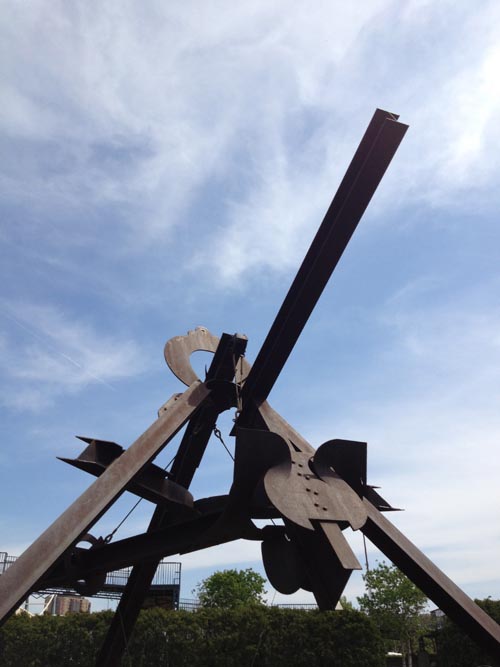
Or this.
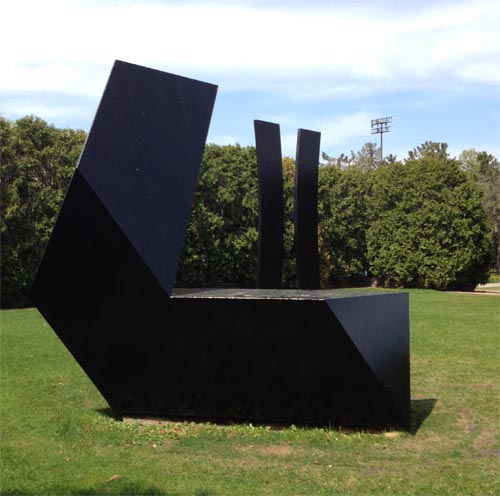
The only piece of representational sculpture is a Segal, an old man walking along, frozen for decades in the middle of a long sad slog to the tomb:

It’s a beautiful spot with unlovely objects. One section has a series of granite benches . . .
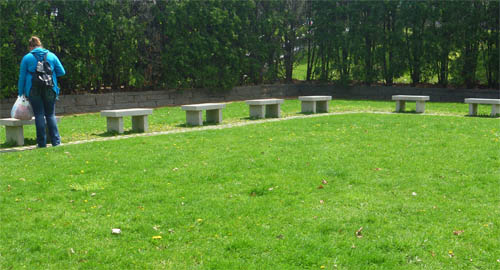
. . . with various banal observations engraved in the stone:
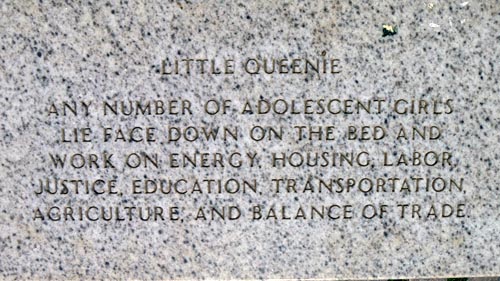
Sure they do. Another sentiment for the ages:
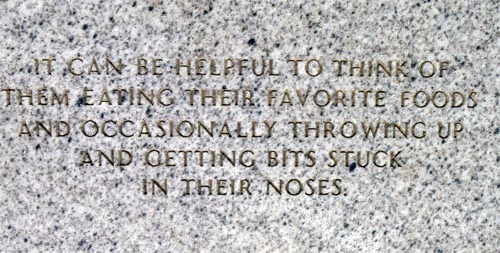
Art! It's Jenny Holzer, of course. The garden itself is noble and classical . . .

But please. Really? No:
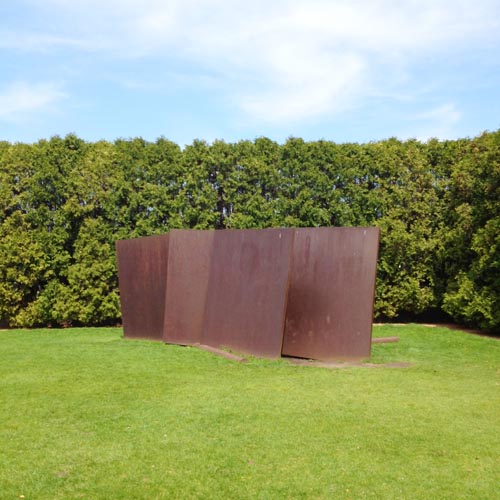
I had to laugh when I saw it, because you can spot a Serra a mile away. At least I like to think that the ability to recognize the artist, style, period and rationale is a defense against accusations of philistinism, but probably not.
Some examples of gloriously random unplanned art - i.e., main streets - can be found here. Four pages, with laboriously researched google streetview inserts. Enjoy! See you around.